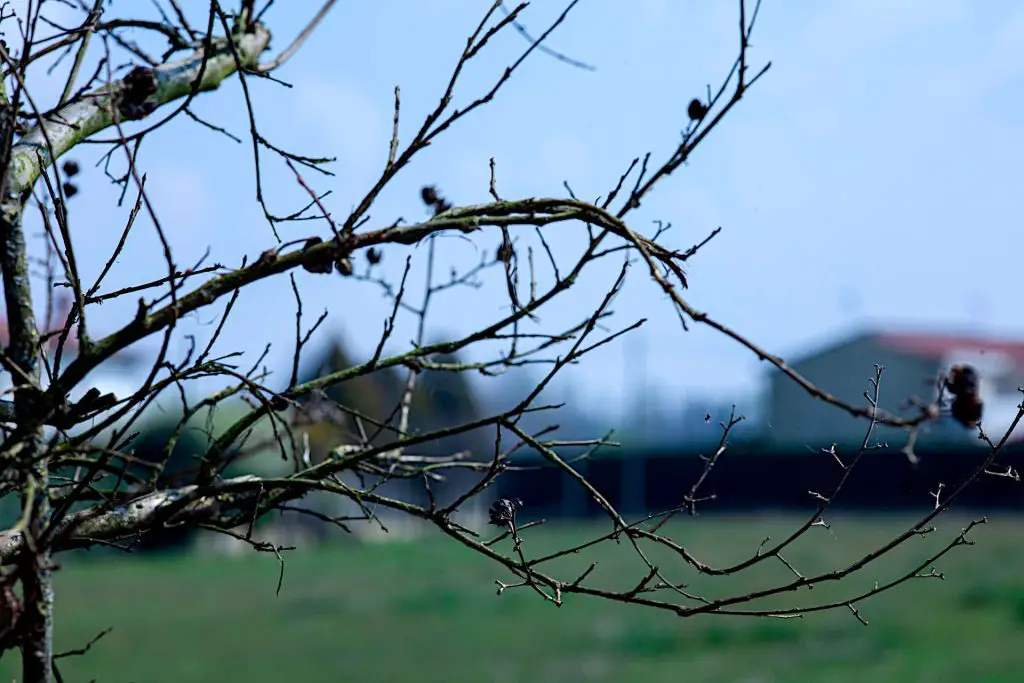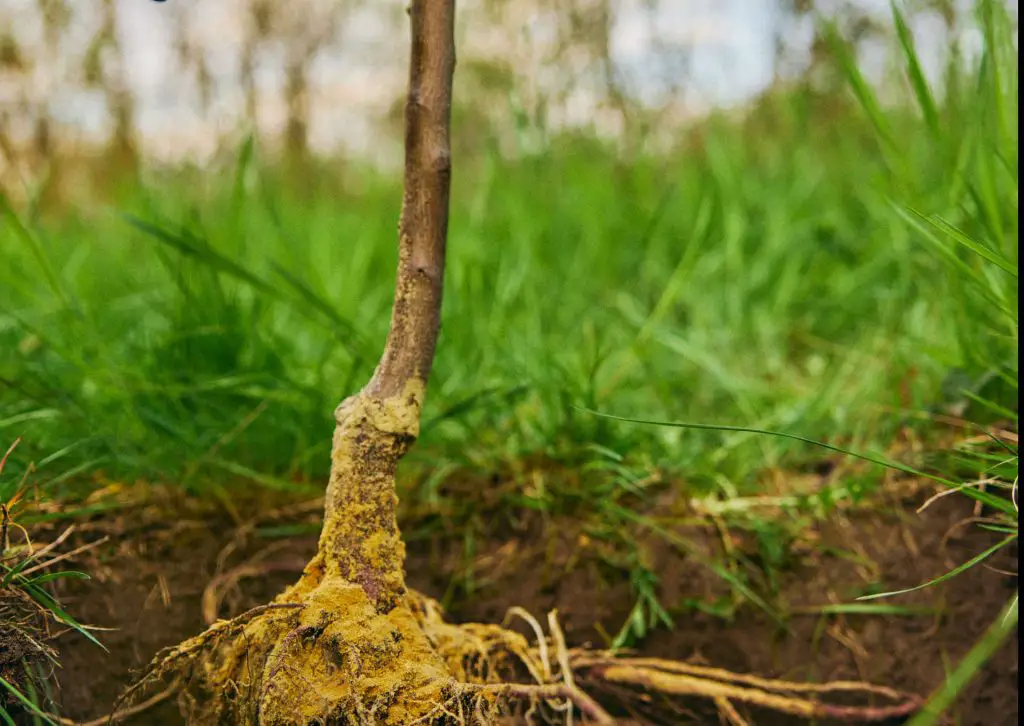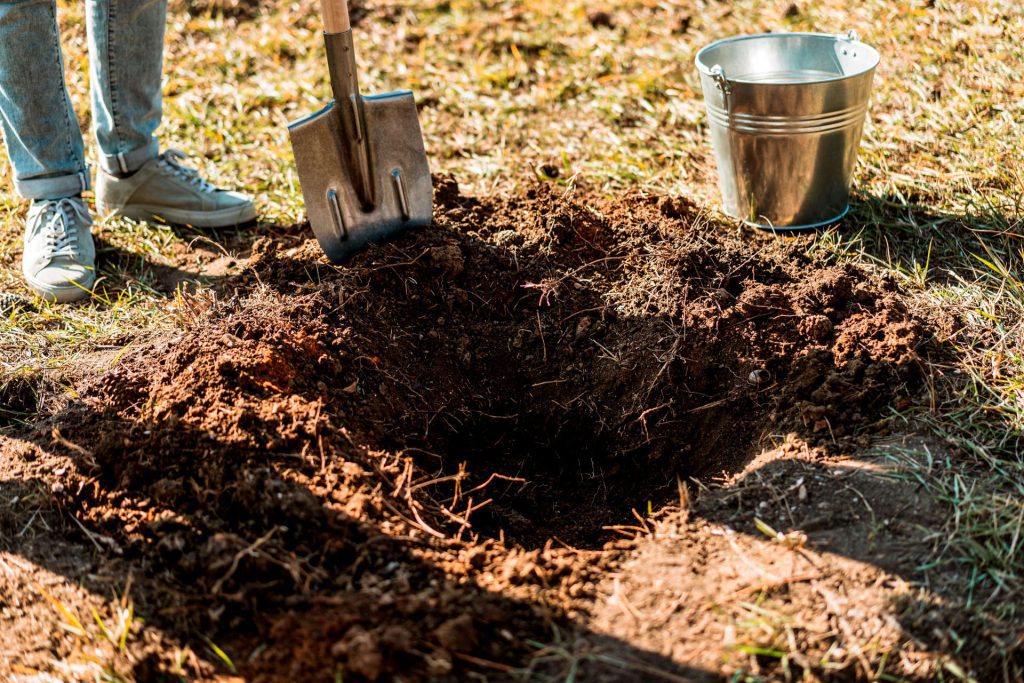From Dormancy to Thriving: The Ultimate Guide to Moving Shrubs and Bushes While They Sleep
- Winter is the best time to transplant shrubs and bushes as they are dormant.
- To identify dormancy, look for the absence of leaves, presence of buds, and wood that is less pliant.
- The best time to transplant shrubs and bushes depends on climate and weather, ideally during their dormant period between late fall and early spring.
- When choosing a location for the transplant, select a spot with similar light and soil conditions to the plant’s original location.
Moving shrubs and bushes while they are dormant can effectively transplant them to a new location in your garden. Although in contrast with moving vulnerable plants, moving hardy shrubs and bushes is often necessary when you are looking to redesign your garden. To ensure that this causes them the least amount of stress, winter is often the best time of year, as that is when many trees, bushes, and shrubs are sleeping.
The process, though, can sometimes appear daunting, but with a little preparation, it is, in fact, a fairly straightforward operation. Below, we look in detail at how to identify dormancy, prepare the plant to be moved, and the place to which you will be moving it. We will also look at what problems can occur and how to solve them.
How to Properly Identify if a Shrub or Bush is Dormant:

Determining if a shrub or bush is dormant can be a tricky task, as not all plants follow the same schedule for their dormant periods. However, there are a few key indicators to look for that can help you determine if a plant is indeed dormant.
One of the most obvious signs of dormancy is the absence of leaves on the plant. It is likely dormant if the shrub or bush has shed its leaves and appears bare. However, keep in mind that some evergreen shrubs and bushes may not shed their leaves, so this may not always be a reliable indicator.
Another indicator of dormancy is the presence of buds on the plant. Dormant shrubs and bushes will typically have visible buds that have not yet opened. This is a good indication that the plant is preparing for the next growing season and is currently in a dormant state.
Additionally, the wood of the shrub or bush may be less pliant and more woody during dormancy, which can be another sign of dormancy.
It’s also important to note that the timing of dormancy can vary depending on your area’s climate and weather conditions. In general, it’s best to move shrubs and bushes during the late fall or winter when the plant is dormant. In some climates, shrubs and bushes may go dormant at different times of the year, so it’s important to pay attention to the plants’ specific needs in your garden.
The Best Time to Move Shrubs and Bushes
When it comes to transplanting shrubs and bushes, timing is everything. The best time to move these plants depends on a variety of factors, including climate and weather conditions. Generally, the best time to transplant shrubs and bushes is during their dormant period, which typically falls between late fall and early spring.
The ideal time to transplant shrubs and bushes in warmer climates is in the fall or early winter, before the first frost. This allows the plants to establish roots in their new location before the heat of summer sets in. In colder climates, the best time to transplant shrubs and bushes is in the spring, after the threat of frost has passed.
It’s also important to keep an eye on the weather forecast and avoid transplanting during periods of extreme heat or cold. High temperatures can stress the plant and make it more susceptible to transplant shock, while freezing temperatures can damage the roots.
Preparing the Plant for Transplant

Before you begin the process of moving a shrub or bush, it is important to properly prepare the plant for transplant. This includes identifying which shrubs and bushes you want to move, and checking to ensure that they are indeed dormant. This is the best time to move them because they are not actively growing and are less likely to be damaged during the transplanting process.
Proper Pruning Before Transplanting
Pruning your shrub or bush before transplanting is crucial for ensuring the move’s success. It is important to remove any dead or diseased branches, as well as any branches that are crossing or rubbing against each other. This will make it easier to dig up and transport the plant to its new location.
To prepare the plant for transplant, use a sharp spade or shovel to carefully dig up the shrub or bush, being careful not to damage the roots. If the shrub or bush is large, you may need to dig a wide, deep hole around it to be able to lift it out of the ground. Once the shrub or bush is dug up, wrap the roots in a damp burlap sack or place them in a container of water to keep them moist.
Choosing the Right Location
When choosing a location for the transplant, it is important to select a spot with similar light and soil conditions to the plant’s original location. This will ensure that the plant has the best chance of thriving in its new home. To ensure that the plant is getting the right amount of light, take note of the amount of sunlight the plant received in its previous location and try to replicate that as closely as possible in the new location.
It is also important to consider the soil conditions in the new location. The soil should be well-draining and have a similar pH level as the soil in the plant’s original location. If the soil in the new location is not ideal, you may need to amend it with organic matter or other soil additives to make it more suitable for the plant.
Amending the Soil in Your New Location

When transplanting shrubs and bushes, it’s important to make sure the soil in the new location is ideal for their growth. If the soil is not ideal, it’s important to amend it before transplanting.
The first step in amending soil is to determine the pH level. The ideal pH level for most shrubs and bushes is between 6.0 and 7.0. If the pH level is too high or too low, it can be adjusted by adding lime or sulfur to the soil.
Next, it’s important to make sure the soil is well-draining. If the soil is too heavy or compacted, it can be amended by adding sand or organic matter such as compost or peat moss.
Finally, it’s important to make sure the soil is rich in nutrients. A soil test can be done to determine which nutrients are lacking and what should be added. Organic matter such as compost or well-rotted manure can be added to the soil to provide essential nutrients.
Transplanting the Plant
Transplanting a shrub or bush can seem daunting, but with the right tools and techniques, it can be done successfully.
Digging Up and Transplanting Your Shrub or Bush
The first step in transplanting a shrub or bush is to dig up the plant. Using a sharp spade or shovel, dig a circle around the base of the plant, about 18 inches from the trunk. Carefully dig down and under the roots, being careful not to damage them. Once the roots have been exposed, carefully lift the plant out of the ground.
Next, it’s important to trim any damaged or broken roots. This will help the plant establish itself in its new location more quickly.
Replanting Your Shrub or Bush

Once you have prepared the plant for transplant and chosen the right location, it is time to transplant the shrub or bush. Transport the shrub or bush to its new location and carefully loosen the roots before planting it in the ground. Make sure to plant it at the same depth as it was previously growing, and water it well to help it get established.
Mulch around the base of the shrub or bush to help keep the soil moist and suppress weeds. Moving shrubs and bushes in the early morning or evening is a good idea to minimize plant stress. Make sure to choose a location for the transplant with light and soil conditions similar to the plant’s original location.
Staking for Tall or Top-Heavy Shrubs and Bushes
Tall or top-heavy shrubs and bushes may require staking to prevent damage during the transplantation process. This is particularly important if you are transplanting in an area with high winds or heavy rainfall.
To stake a shrub or bush, you will need to drive a wooden or metal stake into the ground next to the plant. Use a soft, flexible material such as twine or a plant tie to secure the plant to the stake. Make sure that the tie is not too tight, as this can damage the plant.
Pruning Before Transplanting
Depending on how much pruning you did before transportation, once the plant is in its new situ you can further prune your shrub or bush. This will encourage new growth and shape the plant to your desired form. It is best to wait until the following growing season before major pruning, but you can remove any broken or damaged branches immediately after transplanting.
How to Properly Care for the Shrub or Bush After Transplanting:
After transplanting a shrub or bush, it’s important to ensure that the plant can establish itself in its new location successfully. Here are a few key things to keep in mind:
First, it’s important to not over-water the plant immediately after transplanting. While keeping the soil consistently moist is essential, over-watering can lead to root rot and other issues. Wait for a day or two after transplanting to water the shrub or bush, and then only water as needed to keep the soil consistently moist but not waterlogged.
It’s also important to fertilize the plant after transplanting. The shock of being transplanted can take a toll on a shrub or bush, and fertilizing can help the plant recover more quickly. A balanced fertilizer that is high in nitrogen, phosphorus and potassium is best to use.
Another important step is to mulch around the base of the shrub or bush to help retain moisture and suppress weeds. A 2-3 inches layer of organic mulch like shredded leaves, straw or pine needles is best to use.
Finally, keep an eye on the shrub or bush over the next few weeks and months to ensure that it establishes itself properly. If you notice any signs of stress, such as wilting or discoloration, take steps to address the issue as soon as possible.
What to do if the Shrub or Bush Has a Hard Time Establishing in the New Location:
Despite your best efforts, sometimes a shrub or bush may have a hard time establishing itself in its new location. If this happens, you can do a few things to try and help the plant recover.
First, check the soil pH. Many shrubs and bushes have specific pH requirements, and if the soil in the new location is too acidic or alkaline, the plant may struggle to absorb nutrients. You can easily test the soil pH with a kit from your local garden center or nursery. If the pH is not suitable for the plant, you can adjust it by adding lime for acidic soil or sulfur for alkaline soil.
Second, make sure the plant is getting the right amount of water. Overwatering or under watering can both cause problems. A good rule of thumb is to wait until the top inch of soil is dry before watering again. You can also check the plant’s leaves for signs of wilting or yellowing, indicating a watering issue.
Third, ensure the plant is getting enough sunlight. Many shrubs and bushes have specific light requirements, and if the plant is not getting enough sunlight, it may struggle to thrive. If the plant is in too much shade, consider moving it to a sunnier spot or pruning nearby trees or bushes to allow more light to reach the plant.
Finally, be patient. Sometimes it can take a while for a shrub or bush to fully establish itself in a new location. Keep an eye on the plant and ensure it has the right conditions, but give it time to adjust and grow.
If, after a few weeks, the plant shows no signs of improvement, it may be best to consult a professional, such as a horticulturist or a gardening expert, for further advice and diagnosis.
What to Do If Your Shrub or Bush Does Not Survive
Although transplanting should generally be a successful process, there is always a chance that your shrub or bush may not survive. Some common reasons for failure include improper soil preparation, lack of water, or damage during the transplantation process.
If your shrub or bush does not survive, you may need to replace it with a new plant. Before doing so, it is important to determine the cause of death and take steps to prevent it from happening again.
